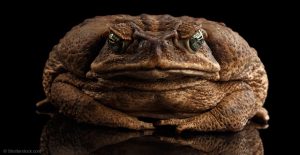What Are Invasive Species?

Senna spectabilis is an invasive species found mostly in the forest areas of the Nilgiri Biosphere Reserve (NBR).
- The dearth of effective steps to arrest the rampant growth of these invasive plants is a matter of serious concern to the conservation of wildlife habitats of the Western Ghats.
- The invasive species has now spread through the most iconic wildlife habitats of the Western Ghats, destroying habitats of elephants, deer, gaur and tigers by pushing out native flora.
- The allelopathic traits of the species prevent other plants from growing under it. Allelopathy is a biological phenomenon by which an organism produces one or more biochemicals that influence the germination, growth, survival, and reproduction of other organisms.
- This drastically affects primary productivity at the ground level.
- The forest floor is almost bare under the invasive species. Grasses and herbs get completely wiped out and herbivores are deprived of their forage.
- The carrying capacity of forests to feed wildlife is drastically declining under the invasion, which accelerates man-animal conflict further.
- The Kerala Forest Department attempted to remove the trees by uprooting, girdling, cutting, chopping the tree branches, and even testing the application of chemicals. However, all the efforts were in vain. Instead, multiple coppice shoots started growing from each cut tree stump. The situation is similar in the Karnataka and Tamil Nadu.
Invasive species:
- Invasive alien species are plants, animals, pathogens and other organisms that are non-native to an ecosystem, and which may cause economic or environmental harm or adversely affect human health.
- In particular, they impact adversely upon biodiversity, including decline or elimination of native species – through competition, predation, or transmission of pathogens – and the disruption of local ecosystems and ecosystem functions.




